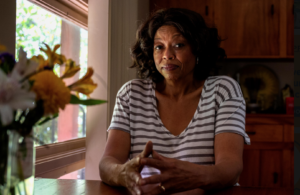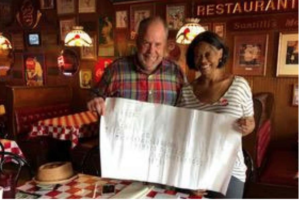
Witness Stones Project Co-Chair Pat Wilson Pheanious was a guest on a Vermont Public Radio radio series produced by the New England News Collaborative and America Amplified. The focus of the episode was New England’s direct involvement and complicity in slavery and white supremacy.
We invite you to listen to the program here: Racism in New England.




